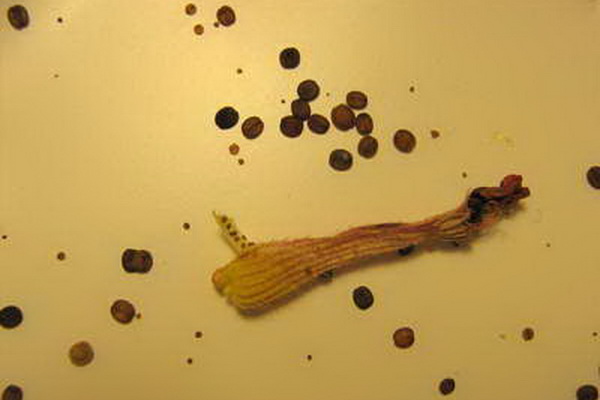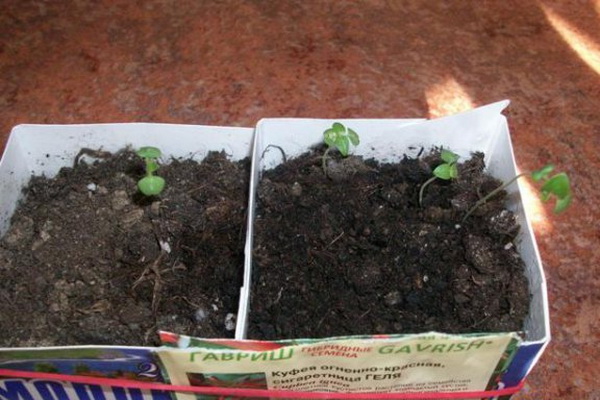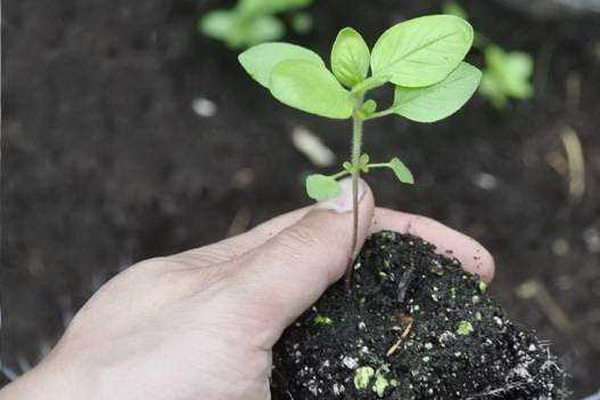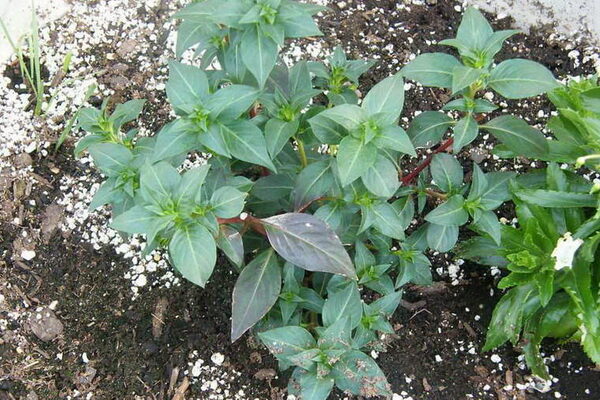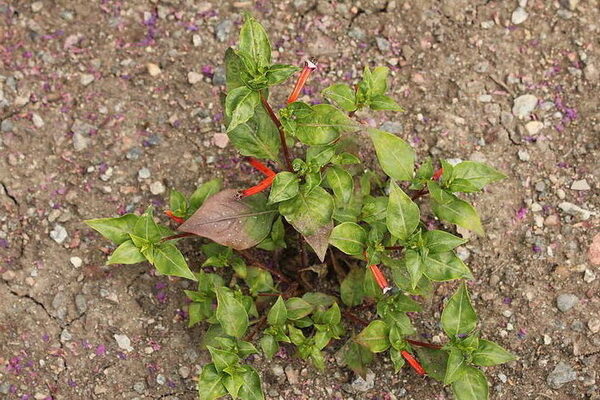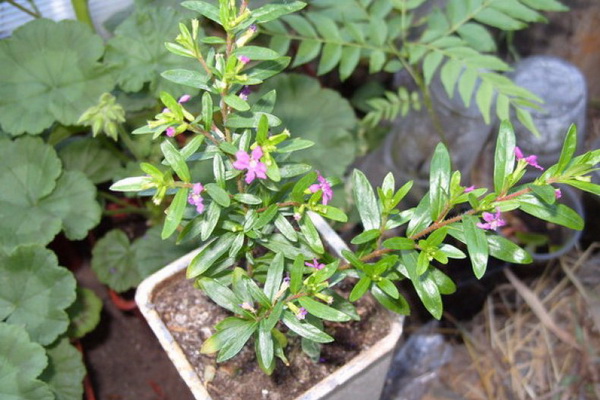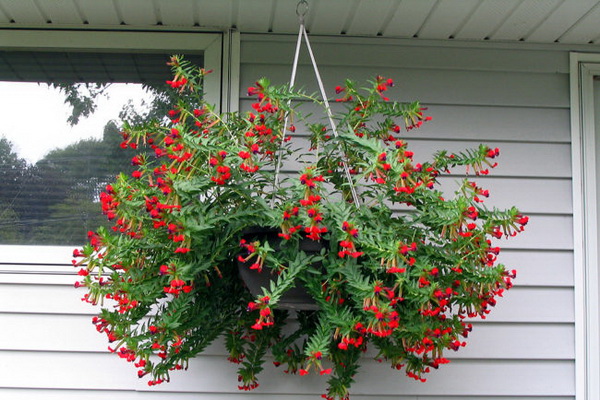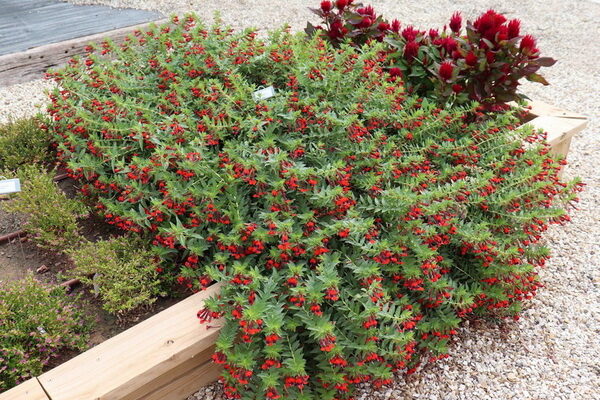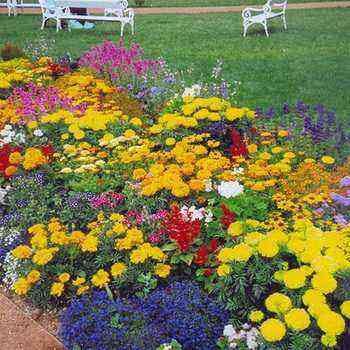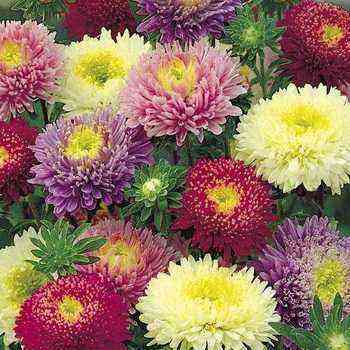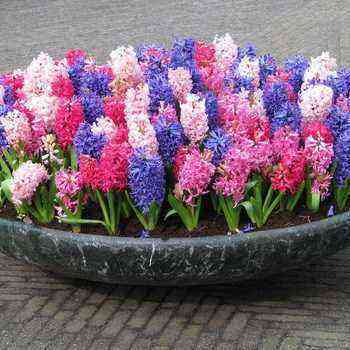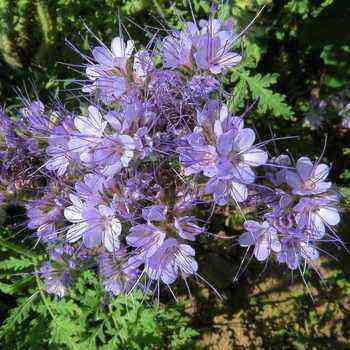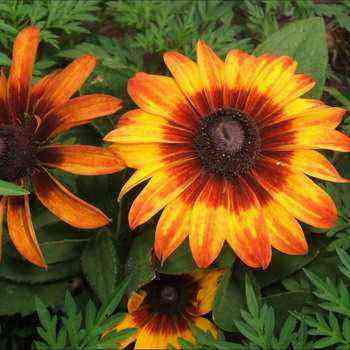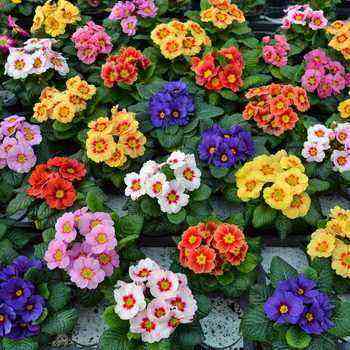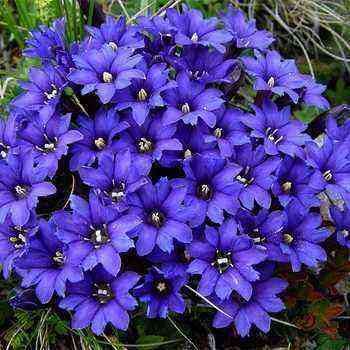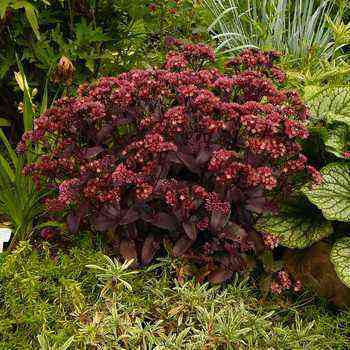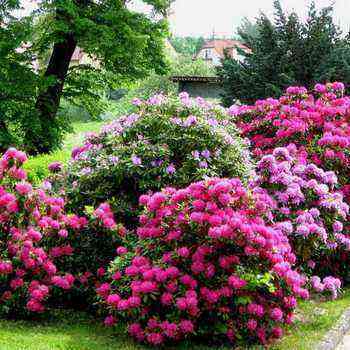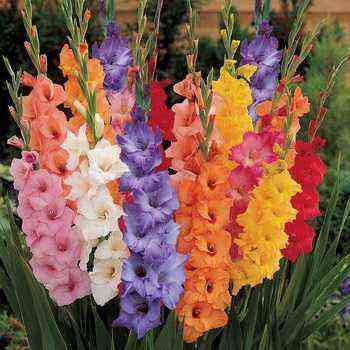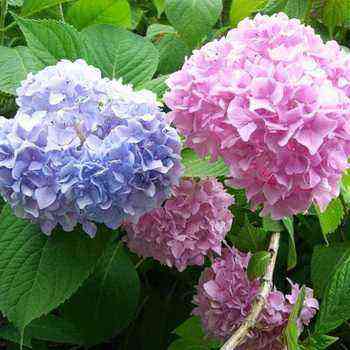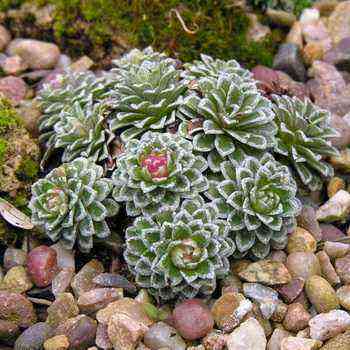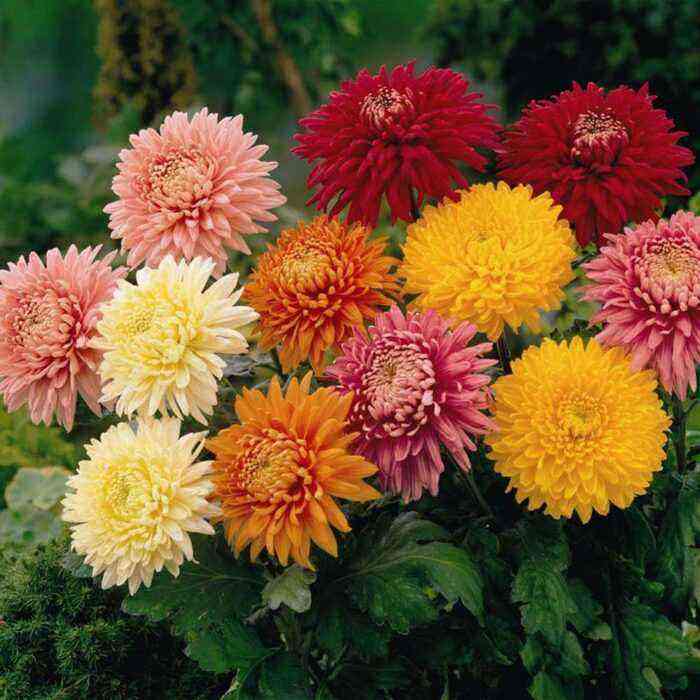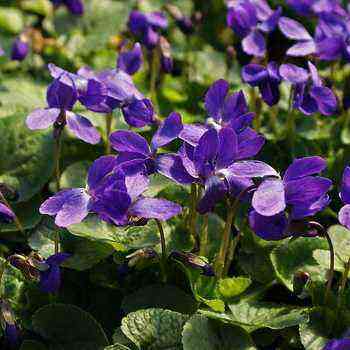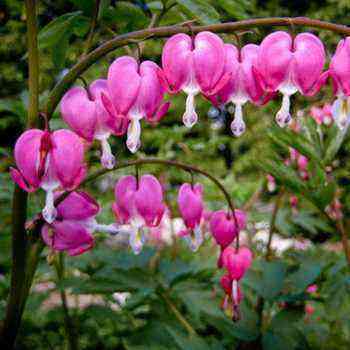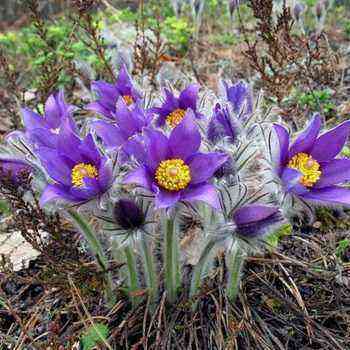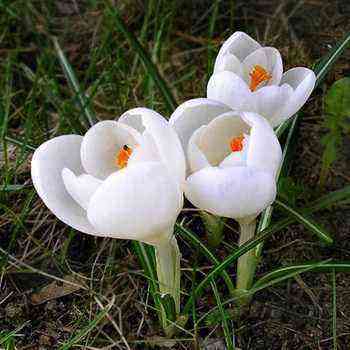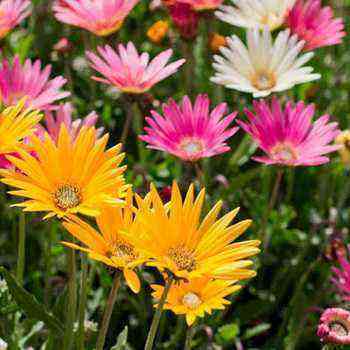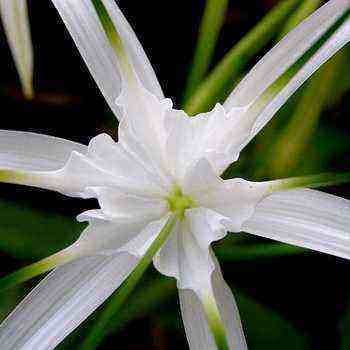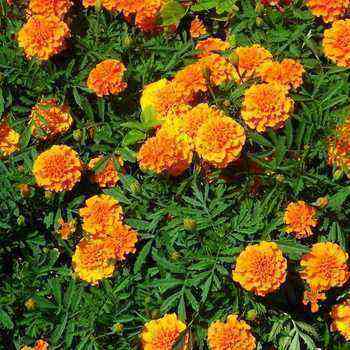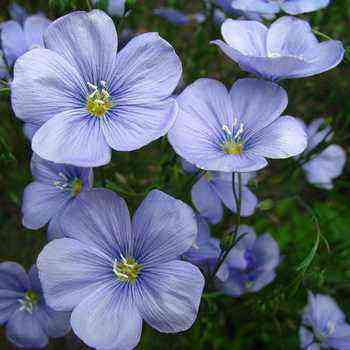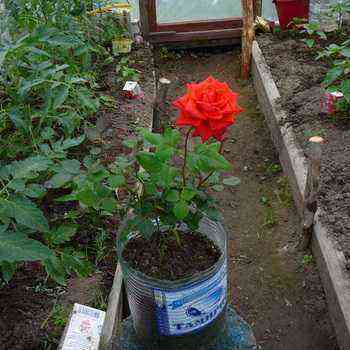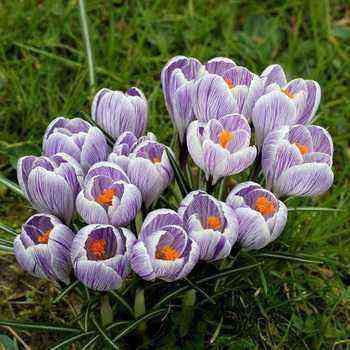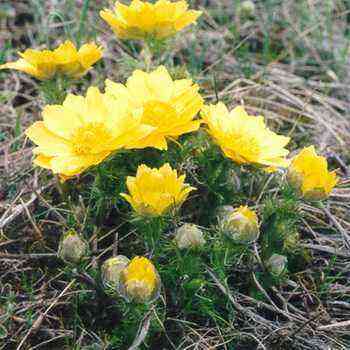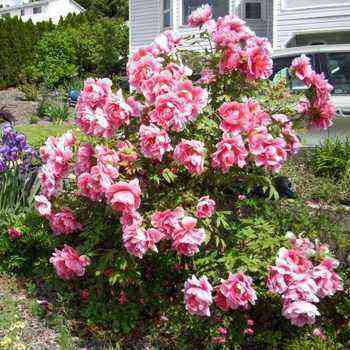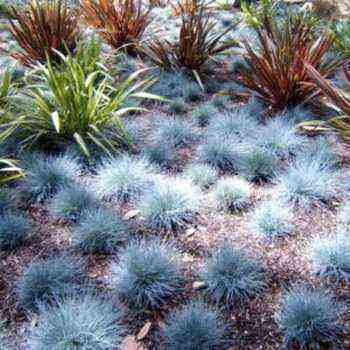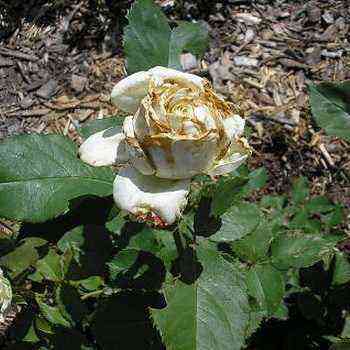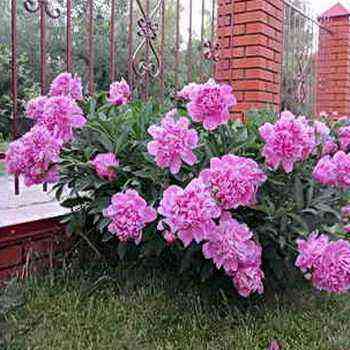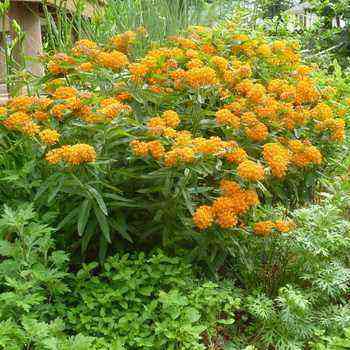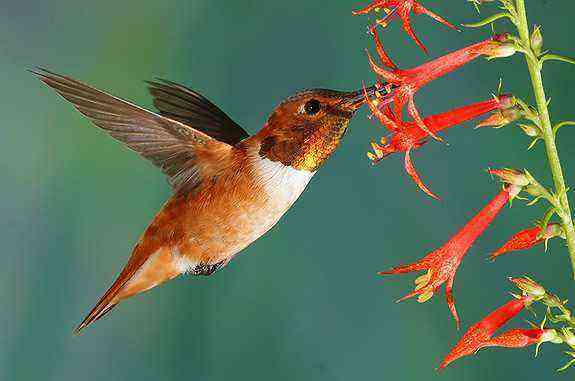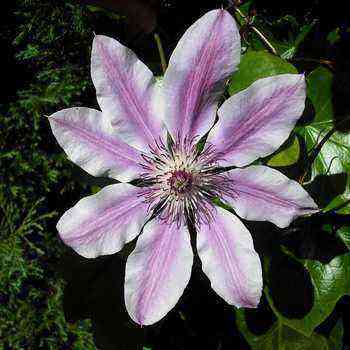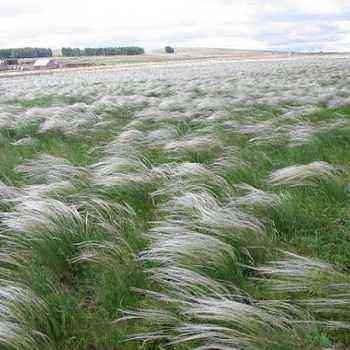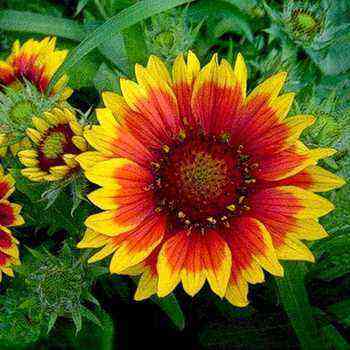
Description
When describing kufei, it is worth noting that it is a herb, which is a dense compact bush with a strong, leafy shoot.

In nature, it reaches 150 cm, in the garden its height does not exceed 60 cm. The leaf plates are oval, whole-edged, pointed at the top, small in size, bright green in color.
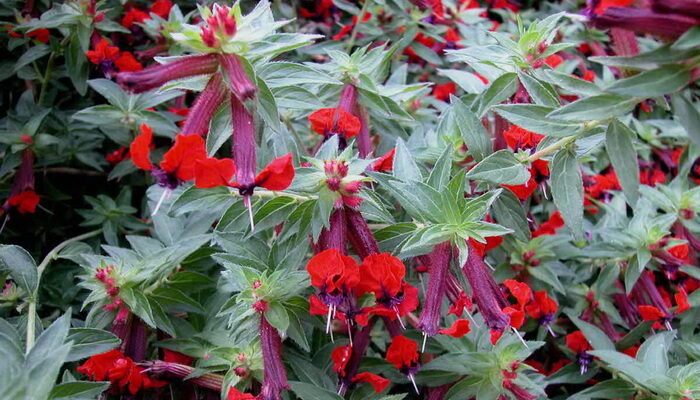
Lush racemose inflorescences form in the leaf axils. The flowers are large, tubular, six-petaled, up to 3 cm in diameter, in a variety of bright and delicate shades. Blooming kufei can be observed from April to October. At the end of flowering, curved fruits are formed on the bushes.
Species and varieties
In total, there are more than two hundred varieties of this culture in the world, but only a small part of them is used in gardening. In addition, breeders, based on the available decorative types of kufei, have bred varieties with beautiful flowers of all kinds of shades. Many of them are highly resistant to low temperatures, so they can easily endure even harsh winters.
The most popular types and varieties of kufei among Russian gardeners are described below.
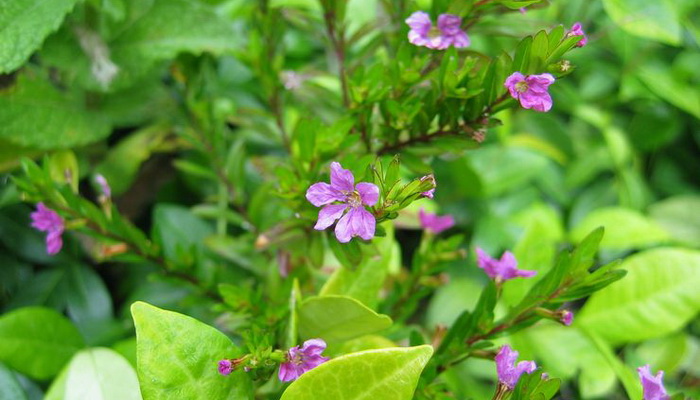
Issopolistnaya kufeya ( Cuphea hyssopifolia ) is a sprawling half-meter bush, abundantly covered with rich green oval foliage. The flowers are tubular, can be lilac, snow-white, pale pink.
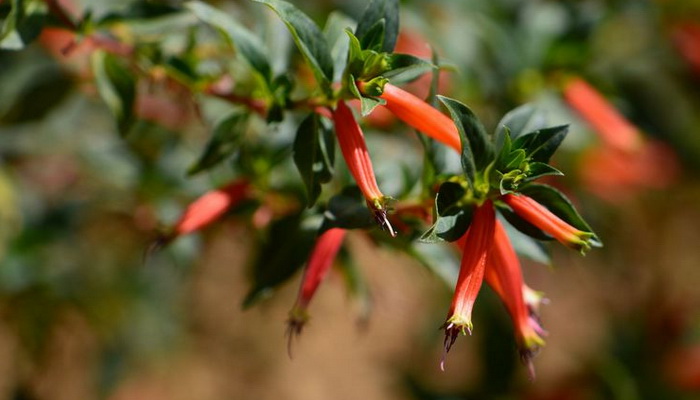
Fiery red kufea ( Cuphea ignea ). A semi-shrub with a height of slightly less than half a meter. It has a rounded dark green glossy foliage that completely covers the stem. Inflorescences are large, formed singly. The buds are scarlet. During the flowering period, the bush looks very bright and expressive.
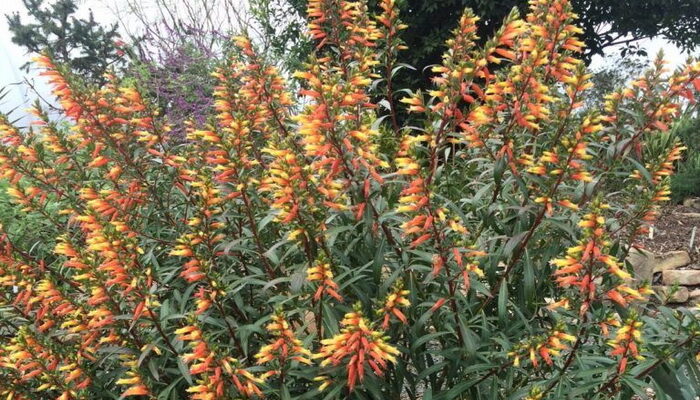
Micro-petal kufeya ( Cuphea micropetala ). A dense bush, reaching 0.4 m. The leaves are lanceolate, small in size, rich green. The flowers are tubular, lemon-colored. This variety is in great demand on personal plots, is often used to decorate the local area, decorate borders, and compose variegated compositions.
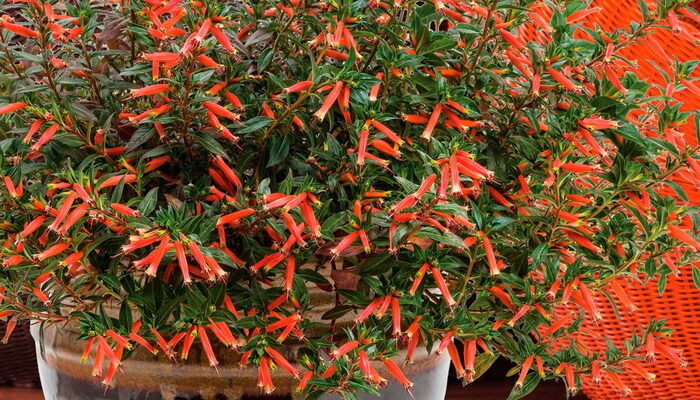
Kufeya Gela is a creeping annual shrub, whose height reaches 0.3 m, can be grown in the garden and indoors. The flowers are small, tubular, bright red. Buds form on the bush during flowering in large numbers. Bud formation persists throughout the summer.
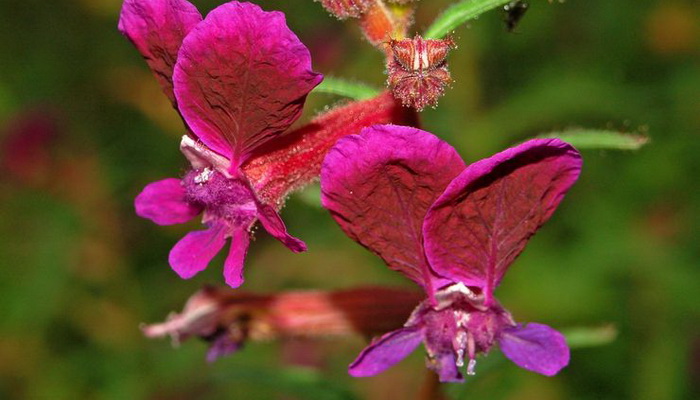
Lanceolate kufeya ( Cuphea lanceolate ). One of the tallest species of this culture. It is a sprawling bush with branching stems ascending. The flowers are purple, 3.5 cm across. The plant is covered with buds from the middle of summer.
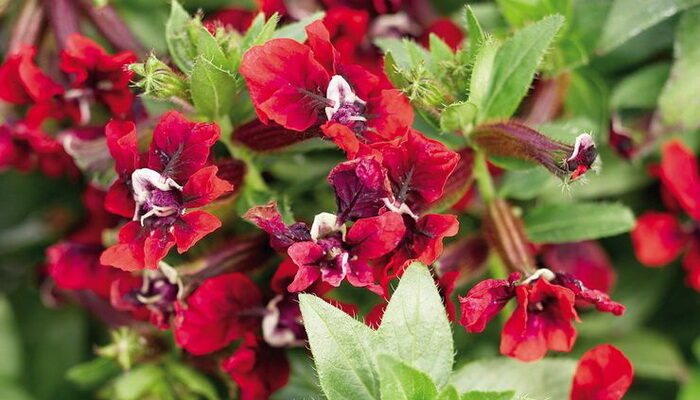
Pale kufeya ( Cuphea pale ). A dense, densely leafy bush with bright green large foliage. The flowers are small, burgundy. The flowering of this species lasts until frost. Due to the long formation of buds, the plant decorates the garden at a time when other ornamental crops on the site have already completed flowering.

Spread kufeya ( Cuphea procumbens ). A dense shrub with highly branching stems covered with large foliage along the entire length. The flowers are tubular, purple in color.
Reproduction by seeds
This culture is propagated in two ways, which give equally good results. The first method is to grow a kufei flower from seeds, the second is cuttings, each of them is described in detail in this section.
Seeds are purchased in specialized stores, paying attention to climatic preferences. As already noted, some varieties are frost-resistant, while others are intended for cultivation in the southern regions.
Sowing seeds for seedlings is carried out in early March. For this, small containers are filled with loose soil, which is intended for growing seedlings.
The seed is embedded in the substrate to a depth of 1 cm, then the soil is sprayed with a sprayer. For successful germination of seeds, containers with crops must be covered with foil to create greenhouse conditions. You need to keep crops in a room with a temperature of at least 25 degrees and with diffused light.
When caring for crops, the film is removed every day for several hours, the soil is moistened with the help of bottom irrigation. When sprouts appear, the film is removed completely. In the future, young plants continue to be cared for, periodically watering them. Before transplanting to the site, the grown seedlings are gradually hardened.
Reproduction by cuttings
When grafting, planting material is obtained by cutting off the upper parts of the stems of adult kufei plants. The length of the handle should be 10 – 12 cm.
For rooting, the planting material is treated with a root growth stimulator, then placed in open ground when it warms up well. The air temperature outside should be at least 18 degrees. Cover the cuttings with a glass or plastic jar.
In addition, cuttings root successfully in water. After the first pair of leaves appears on the plant with regrown roots, pinch its upper part for the splendor of the bush.
Landing
Before placing kufei seedlings in open ground, it is necessary to choose the right site and prepare it for planting. The place for growing a flower should be well lit, so that direct sunlight falls on it, which is very important for the abundant formation of photophilous kufei buds.
Even in partial shade, the bloom will not be as intense as in bright light. Elevated areas are optimal for this plant.
Before planting, the soil is dug up, enriched with fertilizer, using humus and a small amount of wood ash. Organic is also suitable for this purpose. After preparing the soil, small planting pits are made, where hardened seedlings are placed by transshipment. The distance between plants should not be less than 20 cm.
After planting kufei in open ground, it is necessary to continue caring for young plants, in the form of watering, dressing and other activities.
Care
Kufeya cannot be called an unpretentious plant in terms of growing conditions, since it blooms and develops only in a favorable environment for it. In addition to bright lighting, this crop requires a high level of soil moisture. In no case should the substrate be allowed to dry out. In extreme heat with a lack of moisture, the leaves of the plant begin to fall off.
Watering should be carried out 2 – 3 times a week, depending on the air temperature. It is important not to flood the flower, as excess moisture in the soil will lead to rotting of the root system. It is better to check if the top layer of the earth is dry before starting water treatments.
For the active formation of buds and splendor of foliage throughout the growing season, kufeya is fed with a universal mineral complex for flowering garden plants. This work is carried out once a month, combined with watering. Fertilizer is diluted in a bucket of water at the dosage indicated in the instructions.
Pruning. In order for the flowering bush not to lose its decorative effect, faded buds are promptly removed. This not only helps to keep the plant looking neat, but also contributes to the formation of new flowers.
Wintering. Most varieties of kufei can successfully withstand a drop in air temperature to -18 degrees. When growing this culture in middle latitudes, the bush is dug up with the onset of frost and brought into the house, where it is kept until spring. You can make a shelter using spruce branches, mulch or covering material for this. Pre-cut the shoots, leaving 10 cm of their length. However, even a shelter does not guarantee that the thermophilic kufeya will successfully overwinter without damaging the root system.
Application
Kufeya is a vibrant, eye-catching plant that will easily decorate any part of the garden. Tall varieties are planted in the background or in the center of the composition, complementing it with low flowers.
Variegated bushes are planted along the edges of the curbs, used to create rockeries, colorful flower beds. The best companions for this culture will be salvia, chisel, irises, verbena, wild rose, sage.
Low-growing varieties are used to decorate balconies, terraces, recreation areas in the garden. They are grown in flowerpots, hanging pots, containers, garden vases. Exposed in warm weather on the street to decorate the site located at the entrance to the house.
Many connoisseurs of this pretentious plant grow it on a windowsill, trying to create the most comfortable conditions for it. A bright flowering bush serves as an effective addition to the interior of the room, adding color and enlivening it.
